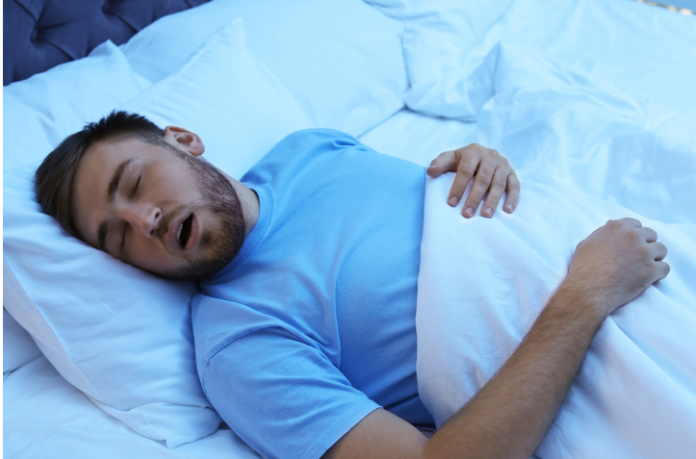The state of Minnesota approaches medical cannabis a bit differently. Unlike most other states with legal medical cannabis programs, Minnesota actually tracks patient health. As a result, they have study data suggesting that cannabis could be a good option for treating sleep apnea.
Sleep apnea is a breathing disorder. Its mechanics are experienced mainly during sleep. It is characterized by repeated episodes of shallow or paused breathing throughout the night, resulting in patients not getting enough sleep.
Over long periods of time, insufficient sleep resulting from sleep apnea can lead to more serious health problems. Sleep apnea has been linked to a higher risk of obesity, heart failure, stroke, diabetes, and irregular heartbeat.
More About the Study
Minnesota’s Medical Cannabis Program is designed to track patients and collect data that is then analyzed by the Office of Cannabis Management. The Office routinely publishes findings based on that data. As for the previously mentioned study, it was by no means conclusive.
Minnesota enrolled some 3,102 patients with sleep apnea in their medical cannabis program. They were tracked for as long as they used cannabis. More than 39% reported significant improvement in their sleep within the first four months. They were also able to maintain those improvements through an eight-month follow-up.
Here are a few more statistics from the study:
- 93% of the patients reported moderate to severe sleep disruption at baseline.
- 86.8% reported moderate to severe fatigue.
- 55.3% reporting fatigue showed significant improvement at four months.
- 33.5% were able to maintain their improved scores.
More than half of the patients reporting at least some improvement that four months is promising. One-third of them reporting the ability to maintain improved sleep scores suggest that Minnesota is on the right track with cannabis. Now the question is this: why does cannabis seem to help and what can be done to improve its efficacy?
Not on Most State Lists
One of the more interesting aspects to all of this is that sleep apnea is not on most state qualifying conditions lists. It is certainly not on the list in Utah, where Salt Lake City’s Beehive Farmacy says the overwhelming majority of medical cannabis patients use cannabis to treat persistent pain.
Could Utah lawmakers be convinced to add sleep apnea to their list? Anything is possible, according to Beehive. They say the state added acute pain to the qualifying conditions list a few years back to accommodate patients who would rather use medical cannabis over opioid painkillers following acute events.
Knowing all of this leads to the question of what prompted the state of Minnesota to look at medical cannabis for sleep apnea to begin with. I don’t know the answer to that question. But I do know their data is pretty compelling.
Millions of Patients
There are an estimated 30-40 million adults living with sleep apnea just in the U.S. alone. Some are not treated at all. Others are relying on diet and exercise to solve the problem. Still others are using a combination of prescription medications and a medical device worn over the face while sleeping.
Diet and exercise are always good choices for improving health. But in cases where they are not enough, could it be that medical cannabis is a better choice than more traditional treatments? That is the question at hand. And in Minnesota, study data suggests medical cannabis is worth looking into in more detail.
If you are one of the millions who live with sleep apnea, how would you feel about using medical cannabis? It might ultimately be your best bet.

